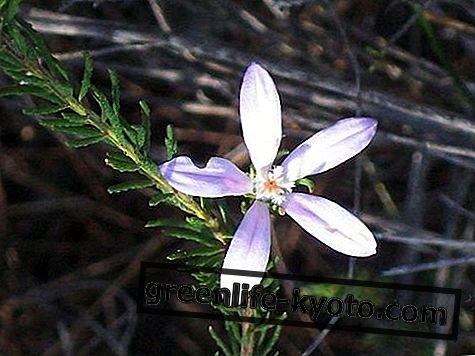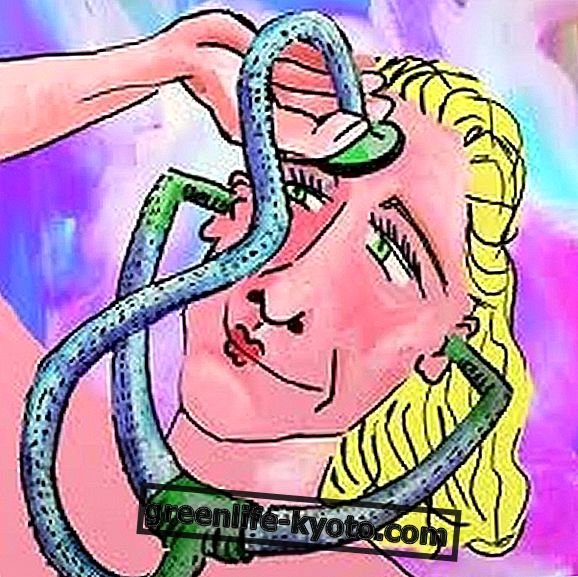Curated by Daniela Galbiati, naturopath
Philotheca is an Australian flower remedy obtained from Philotheca salsolifolia . Useful for promoting self-esteem and proposing new goals, it has beneficial effects on the lymphatic system. Let's find out better.

Description of the plant
Philotheca salsolifolia - shrub native to Queensland and New South Wales. It grows mainly in the moors and on sandy soils.
It reaches the height of one meter and on the ends of the numerous thin branches appear the star-shaped flowers, pink-mauve with five petals that open completely around the center of the flower, showing the ten straight stamens joined to the base.
The leaves are small, narrow and thick. The Philotheca is easily confused in the environment in which it grows, and is confused with another plant, the Eristemon: this reminds us that the main characteristic of this essence is that of helping us to accept the recognition of our 'being' and of the our successes, as well as the love of others and being recognized by them.
affirmation
Now I recognize myself for what I am. I deserve the love and support offered to me and now I politely accept the encouragement and appreciation.
Property of Philotheca
- It favors the recognition of oneself, one's abilities and one's successes, together with the acceptance of oneself and of compliments, acknowledgments and love on the part of others.
- Promotes self-esteem in those who are often overshadowed by others, or eclipse, not out of weakness, but out of their natural reticence or generosity, encouraging and supporting them in acting
- Suitable for those who take care of others, encouraging the ability to receive and to give.
- Philotheca helps in the convalescence, favoring the acceptance of the necessary rest and the help of those who take care of us, when we need it.
- It helps us to set new goals and appreciate the results, allowing us to stay focused on the objectives and projects that allow us to achieve the purpose of our existence.
- On a physical level, it acts on the lymphatic system like Bush Iris.
Philotheca is contained in the Optimism Compound.
You can learn more about the properties and benefits of nettle, a recommended herb in the event of convalescence

Preparation and use
In a 30 ml bottle combine naturale natural water and ¼ brandy for storing the product; add 7 drops for each chosen flower. This personal mixture is taken 7 drops under the tongue, morning and evening, upon awakening and before sleeping.
The drops can also be applied locally as well, combined with neutral cream as a carrier, in the bath water or vaporized in the environment to create a harmonious place. They can also be prepared without brandy making sure they do not degrade (if necessary, the preparation is repeated). They can be diluted in a little water or herbal teas, even for children.
In association with the floral remedy, Ian White gives indications on the 'Recognition Process', techniques and exercises that favor the recognition of oneself and of others, and the acceptance of recognitions, compliments and appreciations from others. We can add similar techniques to our knowledge, such as gratitude exercises.













